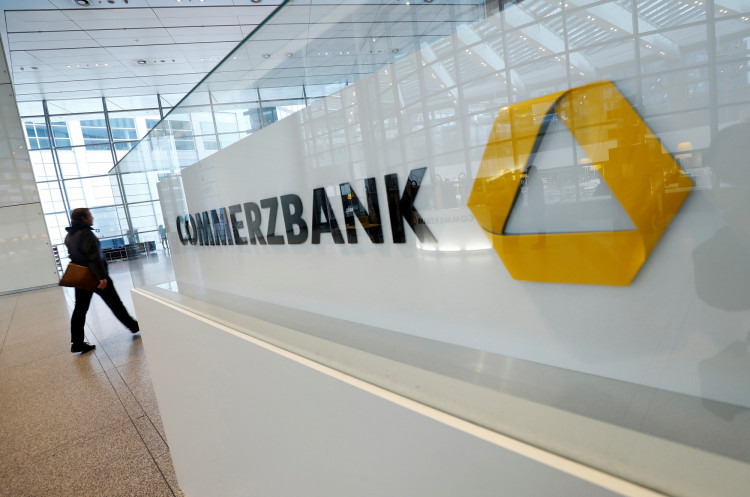Frankfurt-based bank Commerzbank is planning to cut up to 10,000 jobs and close down hundreds of its branches as part of a major restructuring plan.
The bank's chief executive officer, Manfred Knopf, said that the restructuring will prioritize cost reduction to boost revenue.
Commerzbank said Friday that it will be reducing its brick-and-mortar branches in Germany to 450 from 790. The bank outlined its plan of returning to tangible equity of 6.5% to 7% by 2024 by lowering its overhead base cost by 1.4 billion euros ($1.69 billion).
"Going forward, the bank will consistently put profitability before growth, for example when it comes to the efficient use of capital or adequate pricing of products and services," the bank said.
The proposed restructuring plan will reportedly be discussed further by the supervisory board in a meeting scheduled on Feb. 3. The job cuts that will result from the branch closures will cut the company's total workforce by 20%.
Supervisory Board Chairman Hans-Joerg Vetter is reportedly working with the bank on a plan to reduce its risk-weighted assets, a metric that determines the amount capital lenders have to hold.
Knopf's strategy is a big departure from the turnaround efforts of his predecessor Martin Zielke, who favored heavy marketing investments to gain more clients. Zeikle's strategy backfired as the bank's income from lending eroded because of Europe's negative interest rates.
Sources with knowledge in the matter said that Commerzbank has been working on the restructuring plan for over a year. However, it failed to present it last year after Zielke stepped down as the bank's chief executive following heavy criticism from its investors.
The bank's then-chairman, Stefan Schmittmann, also stepped down. The bank's board appointed Vetter as its new chairman, who in turn hired Knopf to take lead in the restructuring strategy.
Commerzbank's decision follows the same strategy as that of fellow German bank Deutsche Bank, which cut more than 18,000 jobs and billions of euros in costs two years ago. Deutsche Bank significantly cut its cost by placing a huge portion of its assets in a wind-down unit.






